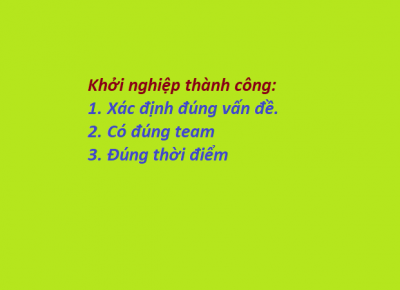FIVE TYPES OF COMMUNICATION
In preparing for my Fall course: Communications for Professionals, I’ve been thinking more and more about the different types of communication. In previous years, I have outlined four types of communication, but I believe there are actually five types of communication: verbal, non-verbal, written, listening, and visual.
VERBAL COMMUNICATION
Verbal communication occurs when weengage in speaking with others. It can be face-to-face, over the telephone, via Skype or Zoom, etc. Some verbal engagements are informal, such as chatting with a friend over coffee or in the office kitchen, while others are more formal, such as a scheduled meeting. Regardless of the type, it is not just about the words, it is also about the caliber and complexity of those words, how we string those words together to create an overarching message, as well as the intonation (pitch, tone, cadence, etc.) used while speaking. And when occurring face-to-face, while the words are important, they cannot be separated from non-verbal communication.
NON-VERBAL COMMUNICATION
What we do while we speak often says more than the actual words. Non-verbal communication includes facial expressions, posture, eye contact, hand movements, and touch. For example, if you’re engaged in a conversation with your boss about your cost-saving idea, it is important to pay attention to both the their words and their non-verbal communication. Your boss might be in agreement with your idea verbally, but their nonverbal cues: avoiding eye contact, sighing, scrunched up face, etc. indicate something different.
WRITTEN COMMUNICATION
Whether it is an email, a memo, a report, a Facebook post, a Tweet, a contract, etc. all forms of written communication have the same goal to disseminate information in a clear and concise manner – though that objective is often not achieved. In fact, poor writing skills often lead to confusion and embarrassment, and even potential legal jeopardy. One important thing to remember about written communication, especially in the digital age, is the message lives on, perhaps in perpetuity. Thus, there are two things to remember: first, write well – poorly constructed sentences and careless errors make you look bad; and second, ensure the content of the message is something you want to promote or be associated with for the long haul.
LISTENING
The act of listening does not often make its way onto the list of types of communication. Active listening, however, is perhaps one of the most important types of communication because if we cannot listen to the person sitting across from us, we cannot effectively engage with them. Think about a negotiation – part of the process is to assess what the opposition wants and needs. Without listening, it is impossible to assess that, which makes it difficult to achieve a win/win outcome.
VISUAL COMMUNICATION
We are a visual society. Think about it, televisions are running 24/7, Facebook is visual with memes, videos, images, etc., Instagram is an image-only platform, and advertisers use imagery to sell products and ideas. Think about from a personal perspective – the images we post on social media are meant to convey meaning – to communicate a message. In some cases that message might be, look at me, I’m in Italy or I just won an award. Others are carefully curated to tug on our heartstrings – injured animals, crying children, etc.
We communicate continually throughout each and every day. We do it without thinking – we operate on communication autopilot. However, I encourage you to think about how you communicate. How do you communicate verbally? What nonverbal cues do you use when you are disinterested? Excited? Nervous? Are you a good listener? Can you write a concise, clearly articulated message? Are there barriers to how you communicate effectively?
Understanding how you communicate is the first step to communicating more effectively. You can easily look online for communication courses. There are a variety of credit and non-credit course available to help you improve your communication skills, including our non-credit series.
Read original article on drexel.edu









